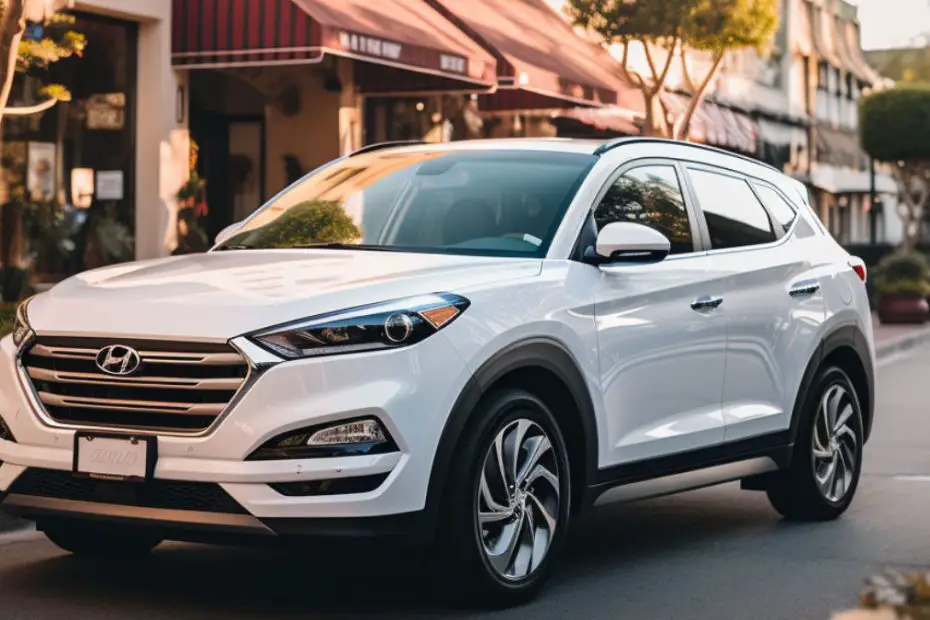Most of the Hyundai Tucson models are designed to use a smart key where one presses start and stop the car. However, this is only sometimes the case, as your vehicle may fail to start when you press the start button.
So, why my Hyundai Tucson won’t start? The common causes include
- A dead battery
- A faulty starter and key fob
- A blown fuse, or a faulty fuel pump
- Clogged fuel filter
It may sometimes be caused by a poor electrical connection, corroded battery terminals, faulty spark plugs, faulty alternators, or total engine failure.
In this article, we shall review the main causes of why your Hyundai Tucson won’t start and the available solutions to those problems.
Hyundai Tucson Won’t Start – Quick Overview!
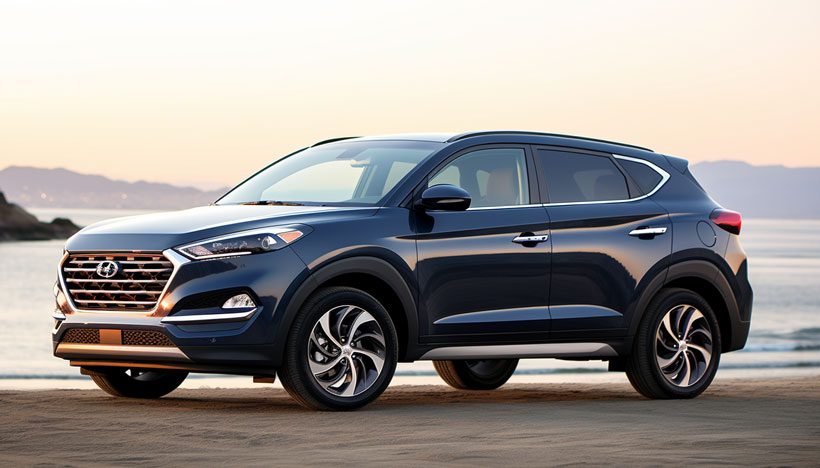
If you need a summary of why your Hyundai Tucson won’t start and the necessary action to be taken, read through this quick overview in the table below.
| Reasons Why Hyundai Tucson Won’t Start | Possible Solutions |
|---|---|
| Dead Battery | Check the voltage and recharge if low voltage |
| Replace with a new battery if damaged | |
| Blown Fuse | Locate and replace the blown fuse |
| A Faulty Starter And Key Fob | Replace the broken starter head |
| Replace the key fob battery if it’s dead | |
| Poor Electrical Connection | Inspect cable connections and repair broken parts |
| Replace any parts damaged beyond repair | |
| Faulty Alternator | Replace the alternator |
| Total Engine Failure | Perform an OBD2 scan to diagnose the problem and solve it appropriately |
| Corroded Battery Terminals | Replace the terminal clippers |
| Clean the corroded battery terminals | |
| Defective Spark Plugs | Replace the damaged spark plugs |
| Clean the sooty plug terminals for reuse |
Hyundai Tucson Won’t Start – (Causes And Solutions!)

Let’s discuss the causes and possible solutions for your Hyundai Tucson that won’t start in detail.
1. Dead Battery Or Corroded Battery Terminals
Your Hyundai Tucson uses current from the battery to ignite. A dead battery has no voltage to supply to the electrical system; hence, your Hyundai Tucson won’t start.
The battery may be okay but still does not supply enough current due to corroded terminals. Corrosion reduces the amount of current being transmitted to the electrical system of your car.
What To Do?
Before replacing the battery, clean the battery terminals to remove any rust and corrosion hindering the current flow. Use a soft brush and wipe the white or silvery-greenish powder accumulating on the terminal.
If the clippers and the terminals are worn out, consider replacing them with new clippers. To replace the clippers;
- Disconnect the battery connection to avoid circuit shocks by unscrewing the screws holding the clippers to the terminals
- Unscrew the bolts that hold the power cables to the clippers
- If the cables are worn out at the point of attachment, consider cutting off the worn out parts
- Fix the new clippers to each cable and tighten the screws for a tight connection
- Fix the clippers onto the terminals and tighten the screws holding the clippers to the battery terminal
If the car still doesn’t start, consider checking the condition of your battery to determine whether you need it recharged or replace it following the process below.
- Remove the battery cover on top to expose the battery terminals
- Unscrew the clippers from the terminals and suspend the cables separately to avoid contact
- Get the new battery and place it in the battery port
- Mark the positive terminal side and the negative terminal side when replacing the battery
- Screw back the clippers with the black cable being fixed to the positive terminal and the red onto the negative terminal
- Replace the battery cover and ignite the vehicle to check the connection
How Do You Test The Condition Of Your Hyundai Tucson Battery?

Follow the steps below to determine the voltage level in your battery using a simple multimeter.
- Switch off the car and open the hood to access the car battery
- Unscrew the cover casing on the battery to expose the battery
- Remove the plastic/rubber casings on the battery terminals
- Disconnect the wire connections on the terminals
- Connect the terminals of the multimeter to both battery terminals
- Check the readings on the multimeter
If the multimeter reads between 12.4V and 12.7V, the battery is in good condition, and you should proceed with further diagnosis.
If the voltage reads below 12.4V, recharge it with a trickle-slow process. For voltage above 12.9, turn on the high beams to remove the excess charge.
For a dead battery that indicates a voltage below 10V, replace the battery using the recommended type and size.
2. A Faulty Starter And Key Fob
The starter may be faulty and fail to complete the ignition circuit by cutting current flow to essential parts. You will notice that the starter may function when pressed at an angle.
The key fob may be faulty or have a dead battery; therefore, your Hyundai Tucson won’t start. Besides, having the key fob out of range won’t ignite the car.

What To Do?
Remove the broken starter and replace it with a new starter head that fits in the starter port following the process below.
- Press the ignition button to switch off the vehicle and disconnect the negative and the positive cables from the battery terminals
- Using a screwdriver, unscrew the bolts and clippers holding the starter in position
- Disconnect the cables attached to the starter from the dashboard carefully to avoid damage to the cables
- Remove the starter from the vehicle by pushing it into the dashboard
- Get a new starter and fix it in the groove. Hold it in place using bolts and clippers and ensure its tightly held
- Replace the cable connections into the new starter following the order as indicated in the manual
Ensure the cable connections are well-fitted to avoid loose connections.
Replace the dead key fob battery with a new one and test if it is functional before closing the key fob.
3. Blown Fuse
A blown fuse is a common problem with the Hyundai Tucson vehicles. Especially when the alternator is faulty causing an overcharge of the battery.
A blown or faulty fuse will hinder the starter from ignition and starting the engine. Fuses stop current flow when there is excess charge flow or a short circuit in the system.
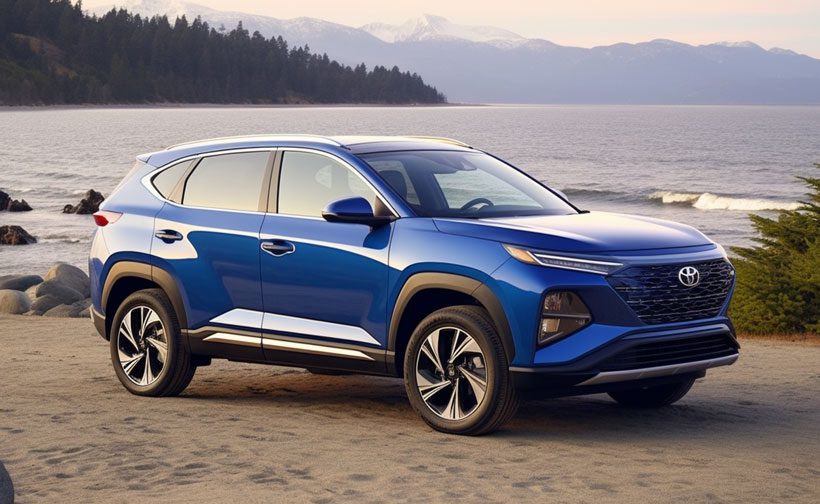
What To Do?
Locate the fuse and replace it with its OEM spare to ensure compatibility. The fuse is housed in the fuse box, which is found on the driver’s side under the hood.
Follow the steps below to replace the damaged fuse.
- Switch off your car and any other powered accessories
- Open the switch box under the hood
- Locate the blown fuse. It is always blown, damaged and discolored
- Remove the screws or the clippers holding the blown fuse
- Replace it with a new fuse of the same current and voltage rating
- Close the fuse box and test the connection by igniting the vehicle and operating the powered accessories such as the radio
4. A Faulty Fuel Pump And Clogged Fuel Filter
A faulty fuel pump reduces the amount of fuel reaching the engine for combustion. In high-demand situations such as heavy loads, the engine fails to start as it requires more energy.
Fuel filters may be clogged by contaminants in the fuel or particles sucked in through leakages. Such contaminants clog the fuel filter and reduce fuel feeding into the Hyundai Tucson engine.
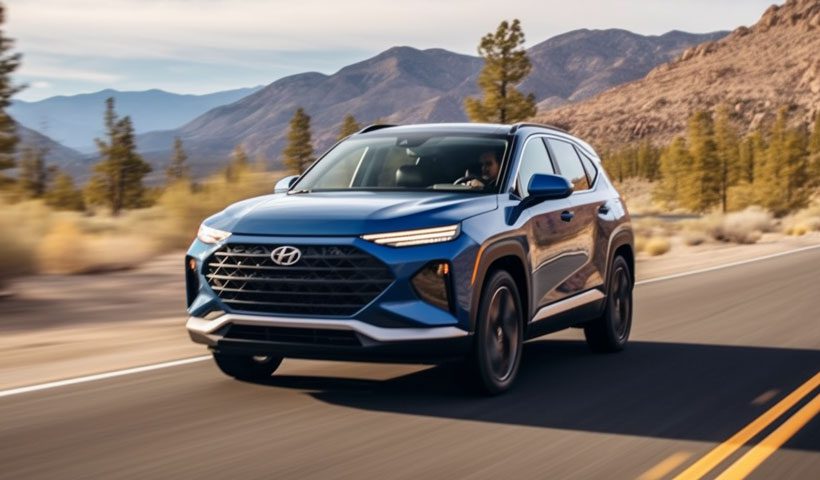
What To Do?
Replace the fuel pump with an equivalent OEM spare pump and ensure no leakages along the fuel system. Also, replace the clogged fuel filter for efficient fuel supply to the engine.
To replace the fuel pump;
- Start by disconnecting the pump hoses and the attached accessories connected to the pump
- Unscrew the bolts and nuts holding the pump in place and carefully remove it without damaging attached accessories
If the fuel pump is in good condition, check the fuel filter for any clogged parts.
Open the fuel filter portion by unscrewing the bolts and replacing the fuel filter with a new one. For a completely damaged fuel pump and filter,
- Replace it with the new fuel pump
- Use the screws to hold the new pump in position and ensure that the pump is correctly placed
- Connect the hoses and other accessories attached to the fuel pump
5. Poor Electrical Connection
For the starter to operate, it must be supplied with power from the battery. If the connections are loose or damaged by rodents, your vehicle will not start. You, therefore, need to check the wiring connection from the battery to the starter head.
Also, inspect the wiring accessories within the electrical connection, such as fuses.
What To Do?
Repair the broken or damaged parts along the connections. Also, replace any cables and accessories that are destroyed beyond repair using high-quality products.
Insulate the delicate cables and accessories, such as the fuses and joints. Tighten any loose connection or joint that may be losing power.
6. Faulty Alternator And Spark Plugs
An alternator recharges the car battery by converting mechanical energy into electrical energy. A faulty alternator affects the charging system, and the battery dies even if it’s new.
The faulty alternator will either fail to recharge the battery, causing it to die or overcharge it and destroy it and its components. On the other hand, spark plugs are used to ignite the fuel for combustion to start the engine.
The spark plugs may be defective due to soot accumulation on the terminals or having the sparking terminals gap widened.
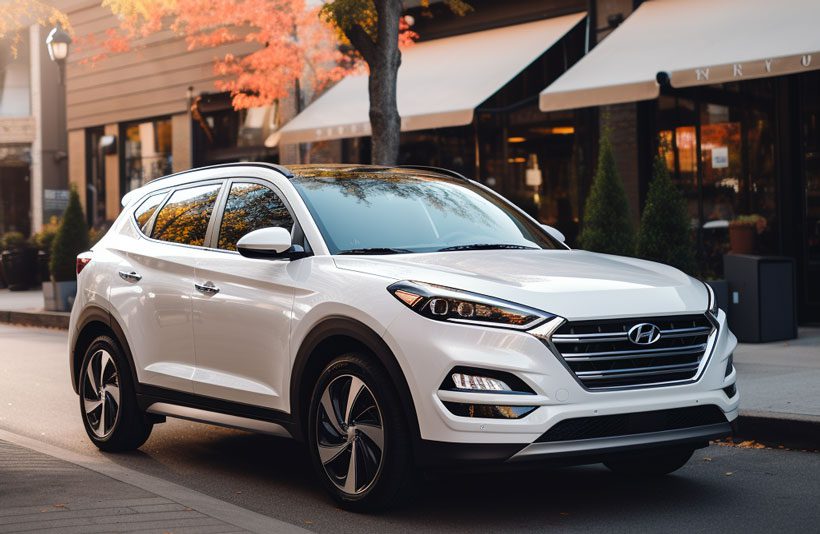
What To Do?
Replace the faulty alternator with a new alternator and ensure it has similar features as recommended by the manufacturer.
To replace the alternator, follow the following steps.
- Step 1: Turn off your Hyundai Tucson and disconnect the battery terminals
- Step 2: Locate the cable connections at the back of the alternator and disconnect them carefully
- Step 3: Remove the belt attached to the pulley on the front end of the alternator
- Step 4: Locate and unscrew the bolts and screws holding the alternator
- Step 5: Get the new alternator and replace it and hold it in position using bolts
Check the spark plug and brush the carbon soot accumulating on its sparking terminals. Also, set the spark plug to the appropriate gap length for efficient fuel consumption. Replace the spark plug if wholly damaged.
To set the spark plug gap and replace the spark plug, follow the steps below.
Step 1: Check the manufacturer’s guide for the correct gap size
Step 2: Use a spark plug gap tool to adjust the gap size if necessary
Step 3: Fix the spark plug into the engine and tighten it by hand
Step 4: Use a torque wrench to tighten the spark plug to the required torque
7. Total Engine Failure
Your engine may be the cause of the Hyundai Tucson starter not working. However, this complex issue results from the accumulation of minor problems within the vehicle, as discussed above.
Engine failure means the vehicle cannot transform the electrical energy into mechanical energy to move the car; therefore, your Hyundai Tucson starter won’t work.
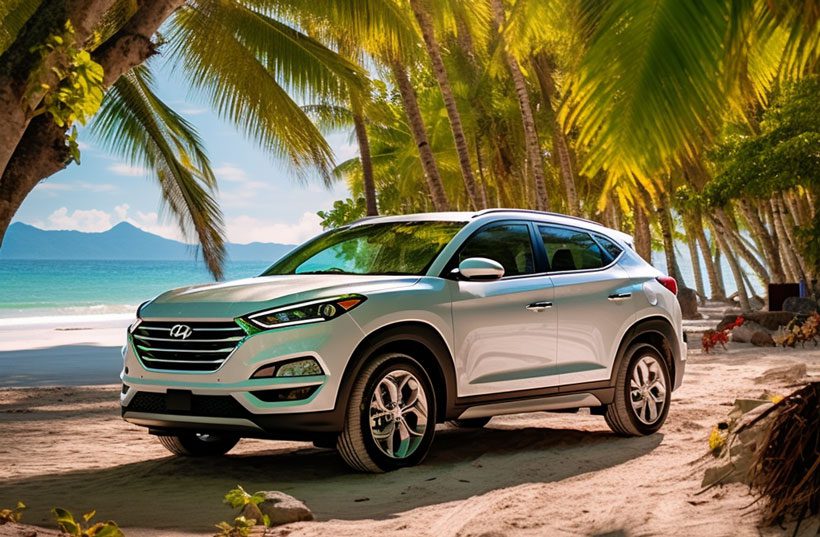
What To Do?
Use the OBD2 scanning tool to diagnose the exact problem with the engine. Repair the damaged engine parts and check if the engine functions properly. Consider purchasing a new engine if your engine is damaged beyond repair, such as a broken engine block.
It will cost you between $5,700 and $8,700, including the cost of a new engine, the replacement labor, and other extra costs.
If your Hyundai Tucson is giving you starting troubles, you’re not alone in facing this frustrating situation. Similar starting problems might also occur in other models, such as the Hyundai Santa Fe. Moreover, if you’re dealing with a Nissan Xterra that won’t start and is making a clicking noise, our article on Nissan Xterra won’t start clicking noise provides insights into diagnosing and resolving this specific issue. Our article on Hyundai Santa Fe won’t start also offers valuable guidance for addressing starting-related concerns in that model. By understanding these challenges and potential solutions, you can navigate starting problems more effectively.FAQs
For a better understanding, here are the frequently asked queries.
The clicking sound is caused mainly by a weak battery or a loose connection that supplies less voltage power to the electrical system, but the current is not enough to fully start the car.
Bring the jumper vehicle close to the dead car, open the hood, and expose the battery terminals of both vehicles. Connect the jumper cables with the positive of the dead battery connecting to the positive of the donor battery.
Connect the negative terminals in the same sequence and start the engine of the donor vehicle. Allow it to idle for a few minutes, and you are good to go.
During winter, the diesel fuel flocculates at freezing temperatures below 20 degrees Celsius. The paraffin elements in the fuel flocculate due to low freezing temperatures and clog the fuel filters.
Clogged fuel filters reduce, block fuel flow into the engine for combustion, and the vehicle doesn’t stop.
Conclusion
A Hyundai Tucson may experience starting problems due to power loss between the battery and the starter head. Or other it’s due to damaged parts and accessories involved in a vehicle’s ignition system.
However, all these problems can be rectified using simple methods and techniques of repair and replacement. For complex issues such as engine problems, consider the help of a professional mechanic.
